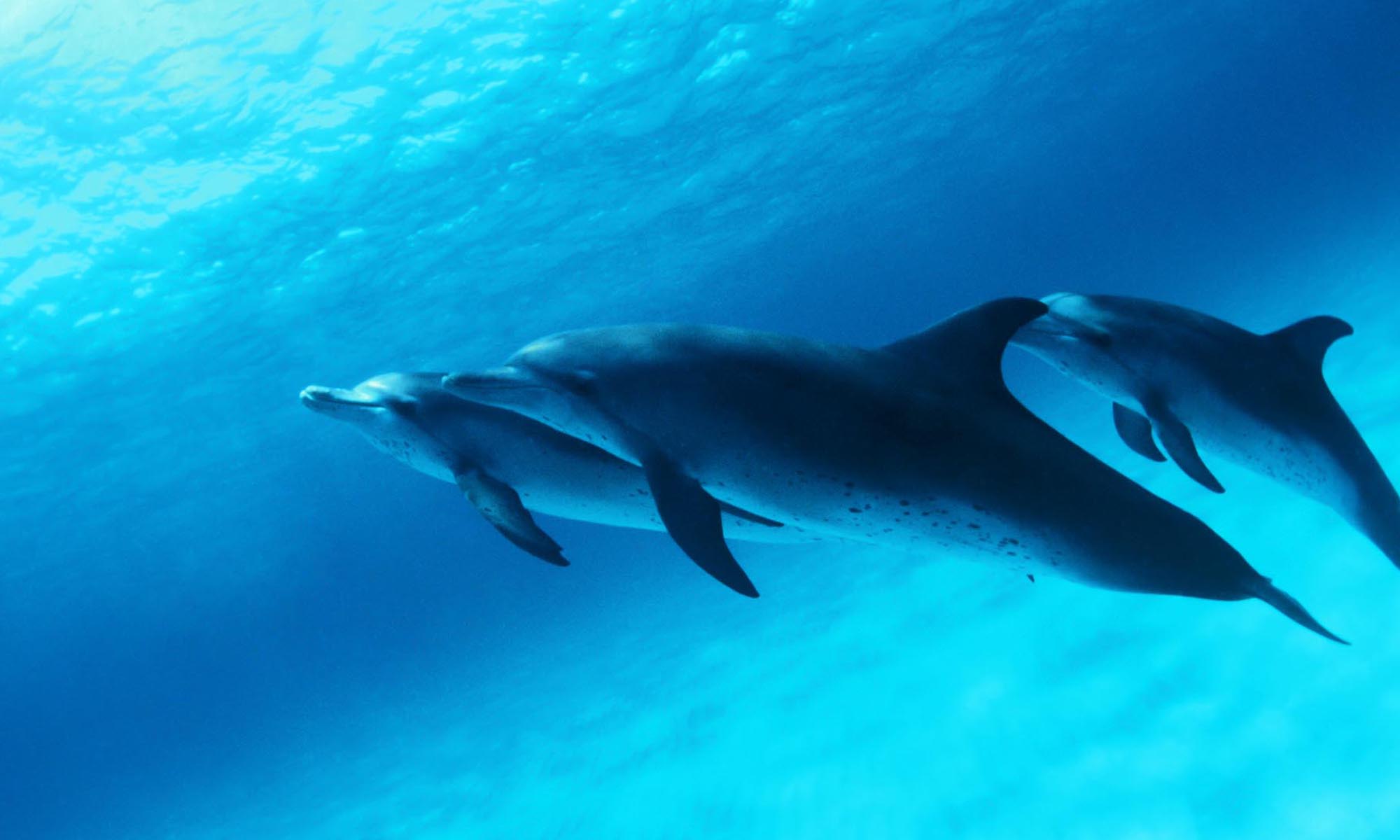by John M. Simpson.
On April 7, 2020, the Informal Advisory Group on COVID-19 and Animals of the World Organization for Animal Health (OIE) conducted the fifth in a series of conference calls concerning issues involving the SARS-CoV-2 virus and its effect on animals and animal-related issues. SARS-CoV-2 is the scientific nomenclature for the coronavirus that causes the human illness known as COVID-19.
OIE, the body that appointed the Informal Advisory Group, is an international organization in which multiple countries, including the United States, participate. OIE is the organization recognized by the World Trade Organization as the body for setting proposed standards on international trade-related animal health issues. As described by the U.S. Department of Agriculture Animal and Plant Health Inspection Service (APHIS), “[t]he major functions of OIE are to collect and disseminate information on the distribution and occurrence of animal diseases and to ensure that scientifically based standards govern international trade in animals and animal products. The OIE helps to achieve this through the development and revisions of international standards for diagnostic tests and vaccines, and for the safe trade of animal and animal products.”
One requirement that OIE member countries must meet is to notify OIE of diseases in animals that are reportable. OIE considers the infection of an animal with SARS-CoV-2 to be reportable as an emerging disease. The United States complies with its OIE reporting requirements through reports prepared by APHIS’ National Animal Health Surveillance System.
Among the observations that the OIE Informal Advisory Group had on April 7 are the following:
♦ The tiger that had tested positive for SARS-CoV-2 at the Bronx Zoo had been in contact with seven other big cats, six of which also developed mild respiratory illness. The infection was likely transmitted by a pre-symptomatic zookeeper. The animals were all recovering well.
♦ There were no further developments in the case of the Belgian house cat that had tested positive. Unlike the two dogs in Hong Kong that tested positive but showed no clinical signs of disease (one of which later died likely due to geriatric issues), the cat did show symptoms consistent with SARS-CoV-2 infection. However, contamination from the owner/environment could not be ruled out because the samples came from the cat’s environment not the animal itself. Productive infection therefore could not be confirmed.
♦ A paper recently published by the Harbin Research Institute in China on the results of experimental infection on several domestic animals indicated that cats seem to be the most susceptible non-human species studied thus far. The studied ferrets showed no signs of disease and none died. Ferrets therefore could likely be a useful animal testing model. Pigs, chickens and ducks did not appear to be susceptible to SARS-CoV-2.
♦ Some countries are testing companion animals on a case-by-case basis. Others have discouraged it to prevent owners from making unnecessary trips to the veterinarian. In some instances, humans desperate to be tested have submitted their own samples to veterinarians disguised as their pet’s sample.
♦ Livestock species that are relevant for trade have not been proven to be susceptible to SARS-CoV-2 infection.
♦ Guidelines are needed for veterinary services on when animals should be tested, the rationale for doing it, how to do it, requirements for reporting and actions to be taken upon a positive finding.
More information will be forthcoming as this group continues its work.
